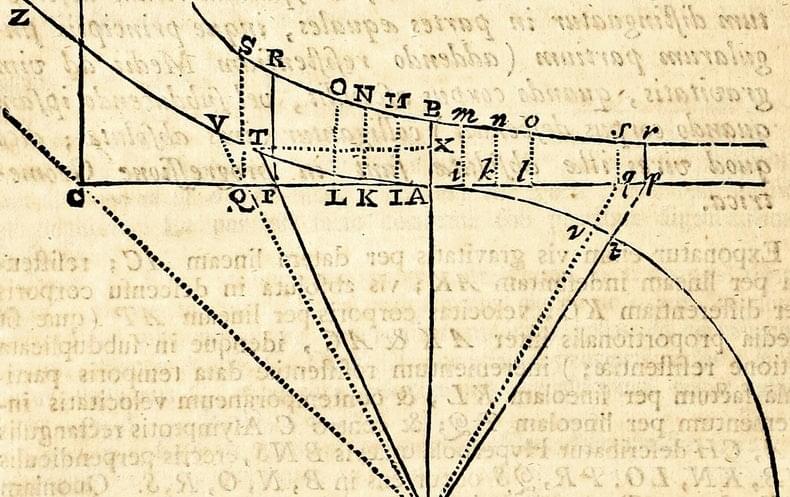A subtle mistranslation of Isaac Newton’s first law of motion that flew under the radar for three centuries is giving new insight into what the pioneering natural philosopher was thinking when he laid the foundations of classical mechanics.
The first law of motion is often paraphrased as “objects in motion tend to stay in motion, and objects at rest tend to stay at rest.” But the history of this rather obvious-seeming axiom about inertia is complicated. Writing in Latin in his 17th-century book Philosophiae Naturalis Principia Mathematica, Newton said, “Every body perseveres in its state of being at rest or of moving uniformly straight forward, except insofar as it is compelled to change its state by the forces impressed.”
Throughout the centuries, many philosophers of science have interpreted this phrasing to be about bodies that don’t have any forces acting upon them, says Daniel Hoek, a philosopher at Virginia Tech. For example, in 1965 Newton scholar Brian Ellis paraphrased him as saying, “Every body not subject to the action of forces continues in its state of rest or uniform motion in a straight line.” But that’s a bit puzzling, Hoek says, because there are no bodies in the universe that are free of external forces acting upon them. Why make a law about something that doesn’t exist?










Comments are closed.